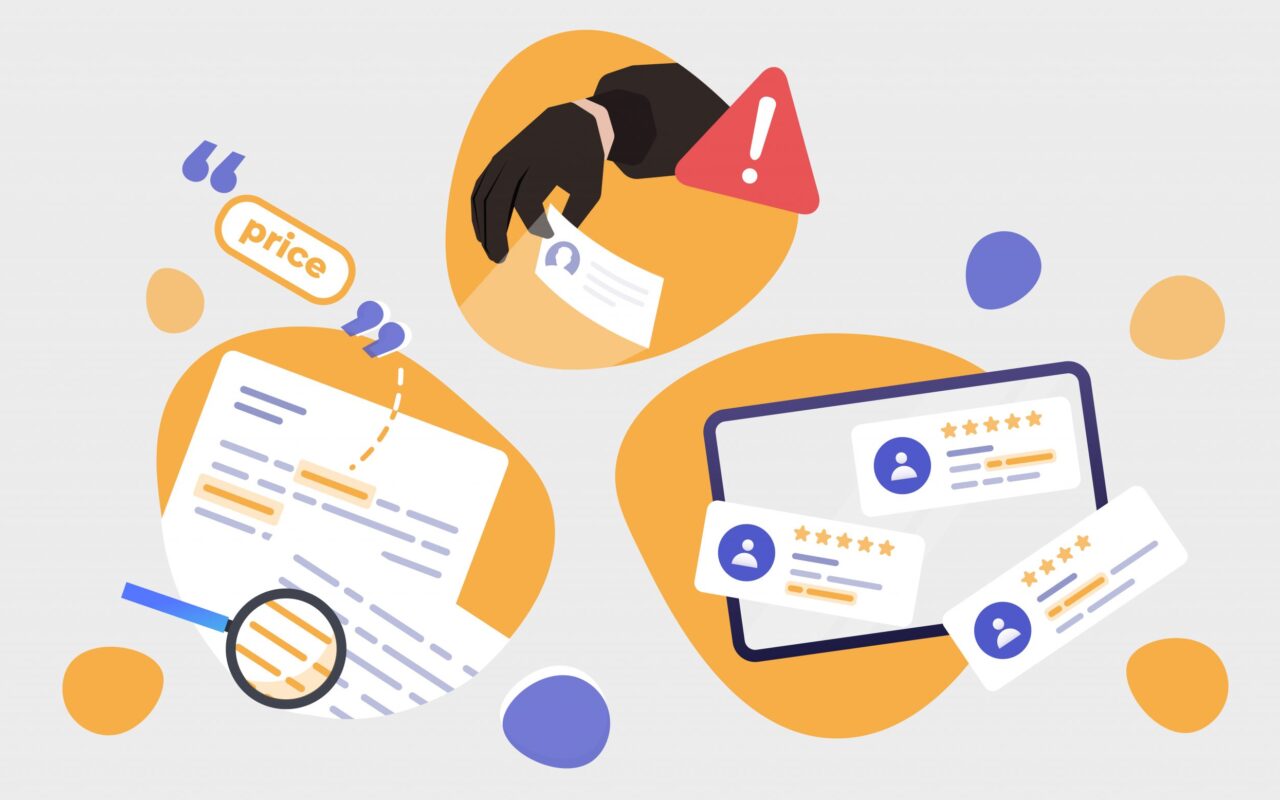
In any industry possible, businesses & individuals want to make better decisions based on the insights they gather. With the advancements in Text analysis, companies can now mine text to gather more insights and improve their product and services.
After all, the text is used in many forms and is one of the most original forms for information exchange that has allowed mankind to evolve faster and better over time. Each text has its own purpose, from a short text message to emails, tweets, Facebook statuses, and more; it’s an endless list.
Data structure is different everywhere, and in simple terms, text analytics converts unstructured data into valuable insights. Well, don’t go anywhere because, in this article, we will identify six things you should know about text analysis.
6 Things to know about text analysis
1. Text analysis is scalable

Whenever you use text analysis tools, you allow your business to structure large amounts of information such as emails, social media, and documents. There are many more text analysis examples out there. Instead of taking days, you can do it in seconds and effectively manage your resources for extra important business tasks.
Some text analysis tools you can consider using are:
- Levity
- MonkeyLearn
- Aylien
- IBM Watson
- Google Cloud NLP
- Amazon Comprehend
- Lexalytics
2. Real-time text analysis
We are consuming large chunks of information more than ever nowadays with the rise of the digital world, and let’s not forget that customer reviews and comments can appear on the internet anywhere at any time, but we can’t spot all of them. Text analysis can detect these types of comments and any urgent information on the web, no matter where they appear, at all times, and in real-time.
You can do so by training text analysis models to identify expressions processing an urgent or negative message or automatically flag any negative posts, videos, and much more.
3. Text classification
Text classification is assigning categories or pre-defined tags to unstructured text. It’s one of the most reliable NLP techniques since you can structure & organize almost any form of text to deliver insightful data and solve issues. In a short definition, Natural language processing (NLP) is a subset of machine learning that allows the AI to understand and interpret text almost the same way a human being would.
Moreover, below, we are going to discuss a few text classification tasks:
- Sentiment Analysis: Customers can share their opinions on products & services, business-related topics on surveys, the internet, and other online customer service interactions. Sentiment analysis is decisive for classifying how an opinion is perceived, whether positive, negative, or neutral. It does this by using machine learning algorithms to read these opinions automatically.
- Topic Analysis: organized text by theme or subject. For example: “This application is simple and straightforward to use.”
- Detecting Intents: Text classifiers can also be used for detecting text intents. Intent classification is used for understanding the reasons behind customer feedback. For example, is the customer feedback classified as a complaint? The purpose for purchasing a product? Or in which manner?
4. Word spotting
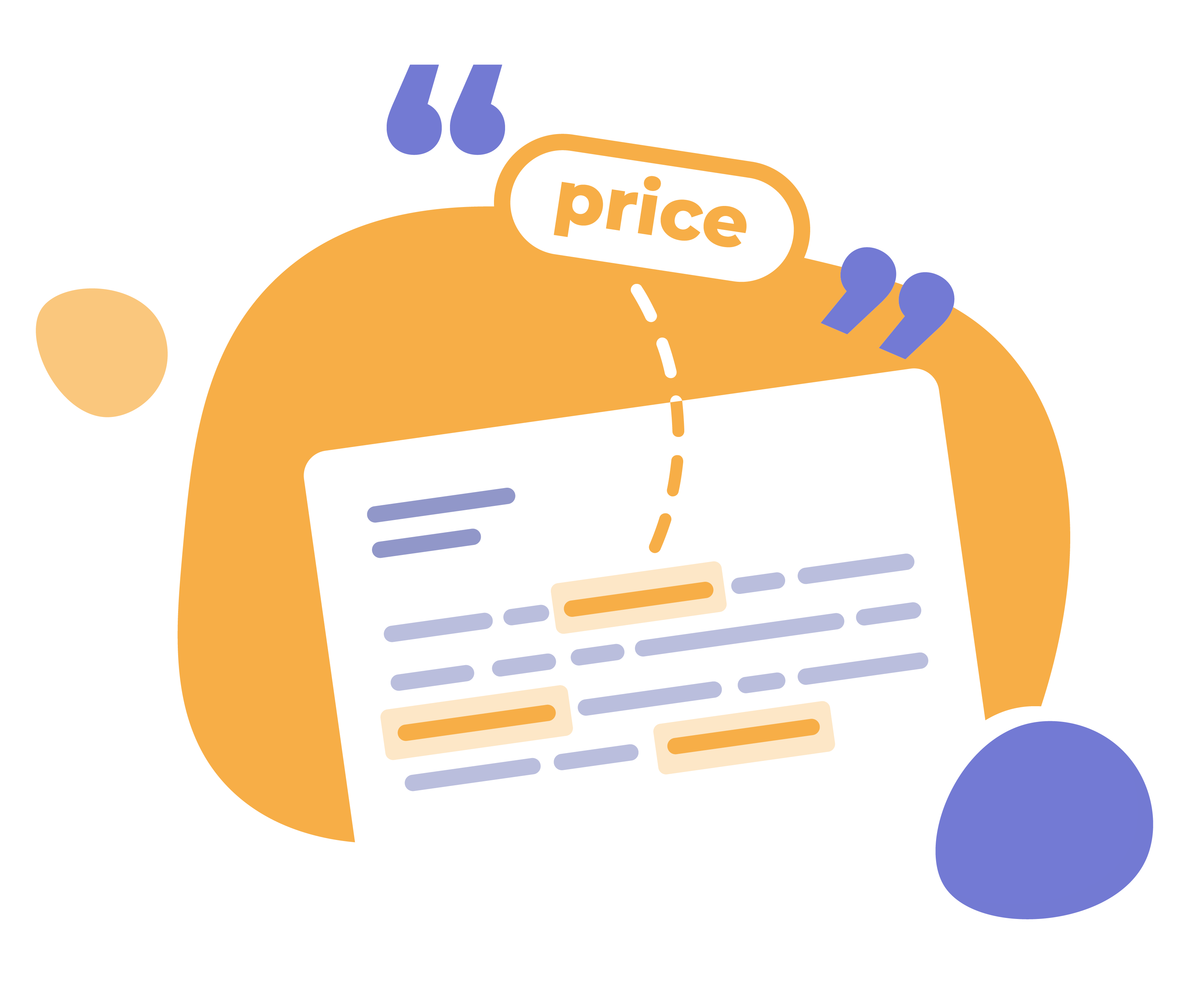
Word spotting, or in other words, keyword spotting, is a technique that is used for spotting specific words within a sentence. Word spotting assumes that the entire sentence will be about that word if a particular word is used. For example:
- The price was too high: The word spotted here is “price”
- I wish the price would be lower: Word spotted again is “price”
- It’s easy to use for users: Word spotted here is “easy to use”
- It’s simple to use for all users: Word spotted here is “simple to use”
Word’s spotted here will have a Net Promoter Score (NPS). The higher the NPS score, the more likely customers will positively think about the sentence. For instance, the sentence “The price was too high” will likely have an NPS score. Conversely, customers will have a negative opinion about it, and the more negative the sentence sounds, the lower the NPS score will be.
On the other hand, vice-versa, the sentence “It’s easy to use for users” will have a higher NPS score. Again, this is because the sentence sounds positive and makes users look forward to using the product.
5. Text extraction
Text extraction uses AI technology to automatically scan and extract text, keywords, and phrases from unstructured data. It may include information from data sources, including surveys, reports, articles, and more. Any type of data extraction is performed based on three different reasons:
- Data archiving for long-term storage
- Using a new context
- To prepare it for later stage analysis
6. Word frequency
The text analysis AI can help determine which type of words can re-occur by frequency. For example, we can use Google Docs as an excellent example with the “CTRL + F” function, which shows you the frequency of times the word is used in the text.
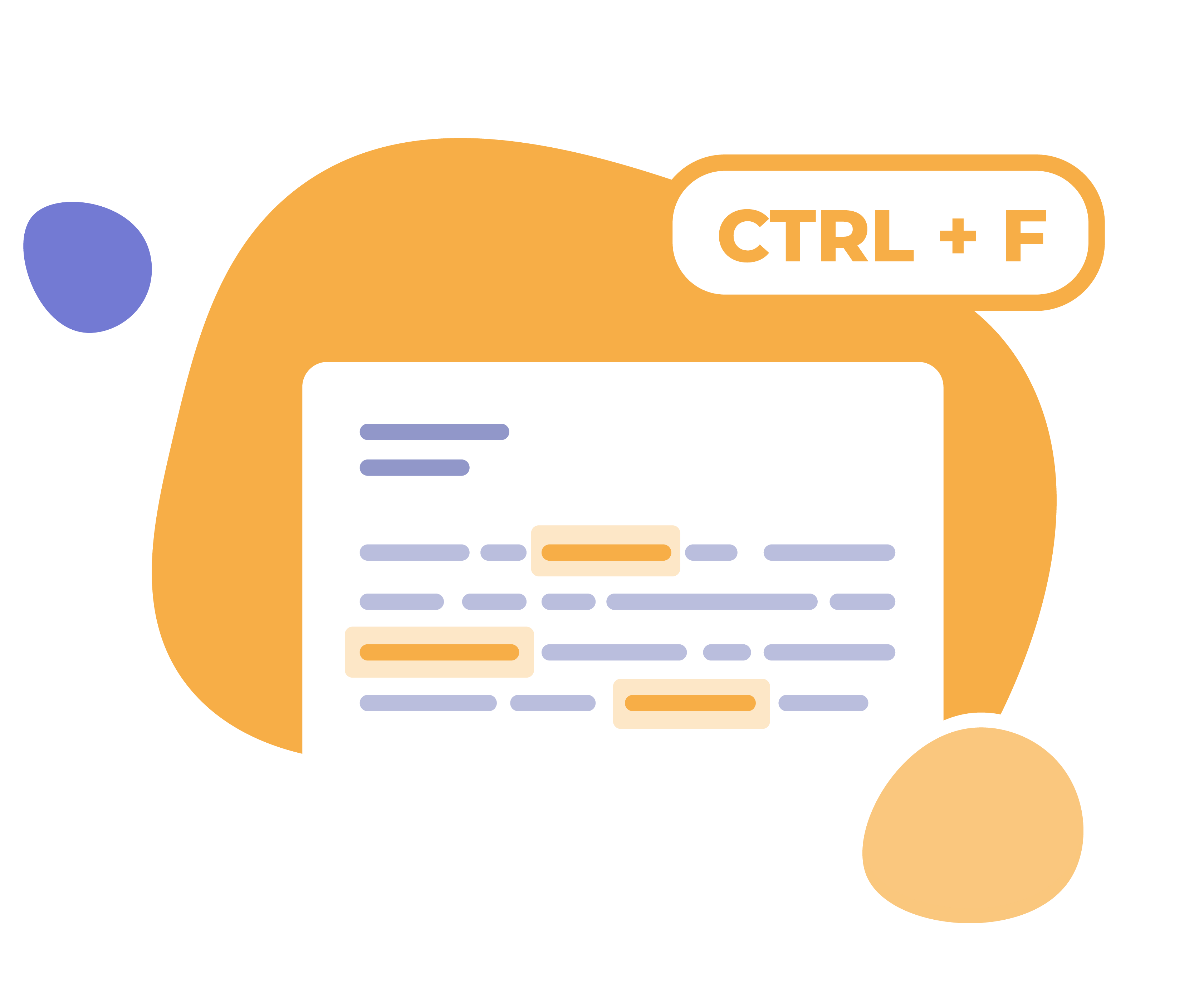
4 Business use cases for text analysis
1. Sports trading
Popular sports like football (soccer) involve sport traders who gather data from the mainstream media and understand the game politics in-depth. So, for example, if you live in Spain and bet on Spanish football, it’s pretty easy to understand the market.
But what would happen if you would like to do the same thing in Italy? But you don’t speak any Italian.
This is where a Text Analysis API comes to the rescue. A Text analysis API that can understand Italian allows you to completely understand local feeds on your social media and gain insights into what local fans are saying about their local team.
2. Fraud
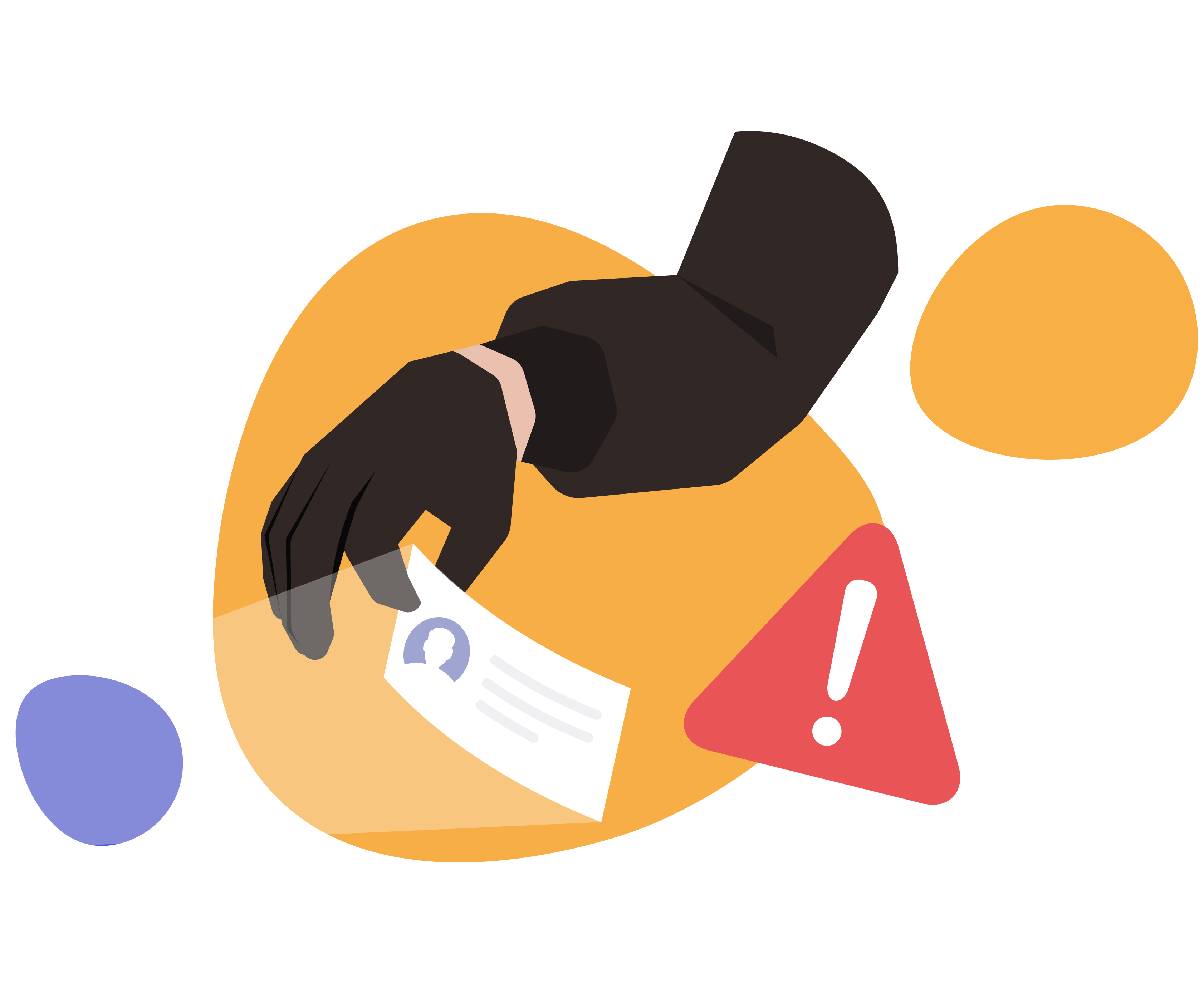
Whether it has to do with workers claiming a false compensation or someone giving out a fake address, fraud can be identified much quicker when investigators connect the evidence faster.
For example, the guilty side may give out a fake address that has been used in many cases, or the stolen item has been claimed in other cases as well. Text analytics allows the insurer to access this information much quicker and gain much better insights in this case.
3. Recruitment
Text analysis is used for the selection and search phase during the recruitment process.
One of the most essential applications during the recruitment phase would be to identify the potential candidate's skills. During the hiring process, what is above everything is to see how valuable a candidate may be before they actively start working for your company.
For instance, if someone posts on LinkedIn about how they don’t like their job or are interested in working in another field, you could use the power of Text analytics to identify what other people have to say about them.
Continuously reading news, blogs, forums, and other sources online can help you gather valuable information about potential hires.
4. Site reviews
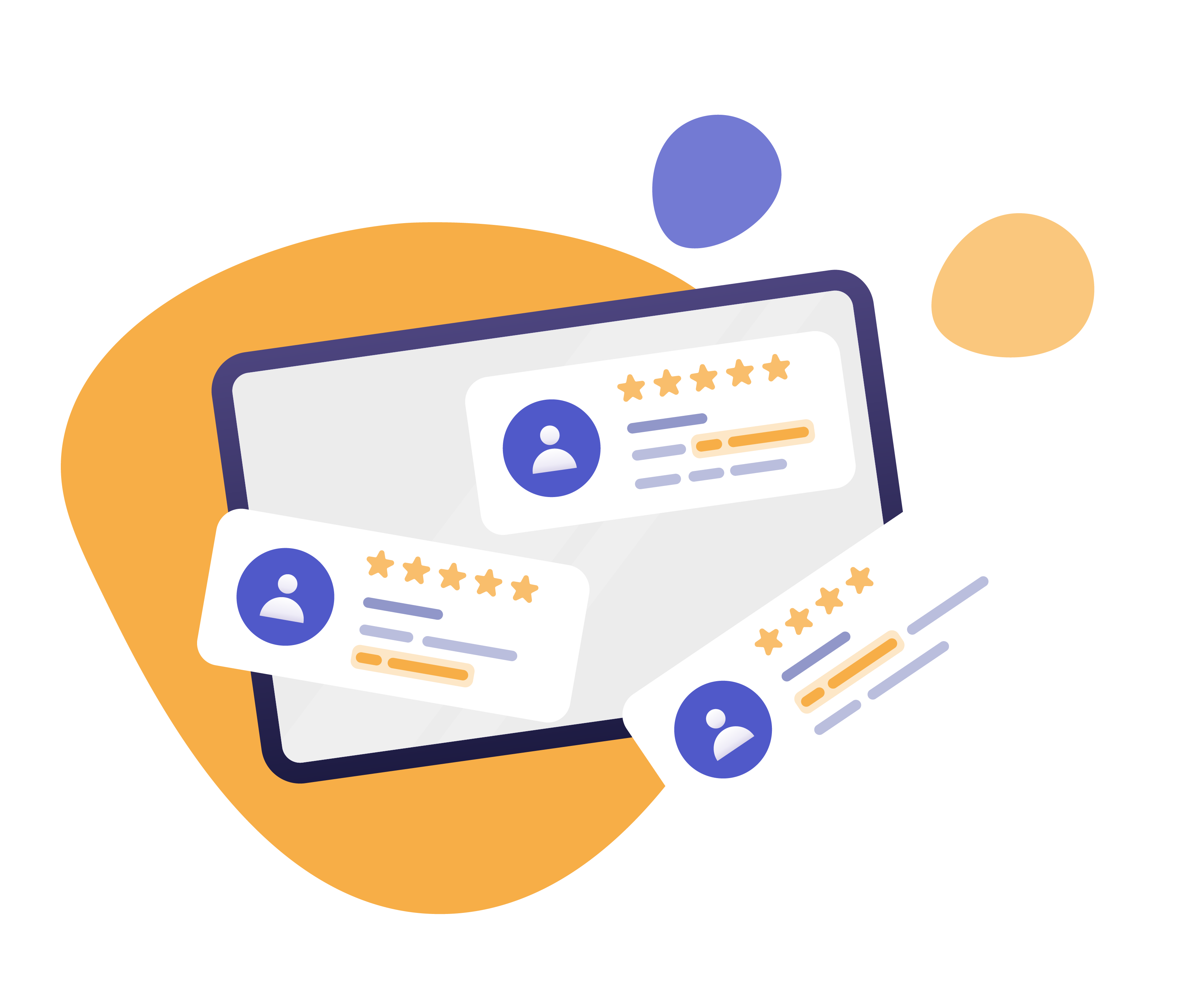
Many companies have a bunch of reviews on their sites concerning the industry they are operating in. For example, Beaches of Normandy Tours showcases multiple reviews on its site. Users may be looking at these reviews to feel more comfortable whenever they seek to book a tour to a particular destination.
In this case, text Analysis can be used for building tools and sum up various options in only two to three-word phrases. Instead of having to endlessly scroll through a list of travel packages, what kind of features they have, and what is included, you can simply formulate two to three phrases and do this instantly. For example, “Luxury travel packages,” and many more examples.
This doesn’t mean that it only works in the travel industry, but in whichever industry you can think of.
Wrapping it up
That’s about it for this article. These are our top six things your business requests need to know about text analysis. Moreover, we also showed you a couple of use case examples with Text analysis and how effective it’s when using it.
We got the whole idea from this article that text analysis can be used for many cases, from investigating to searching for something in just a few phrases. So we don’t have to waste any more time endlessly searching for something and not getting the results we want.
Moreover, with text analysis, you are always getting a clear idea of what kind of opinion consumers may have on statements. It’s always important you know if customers are saying something negatively or positively. This can only be done with text analysis, and for whichever case scenario you consider using, it’ll be entirely beneficial for you.










